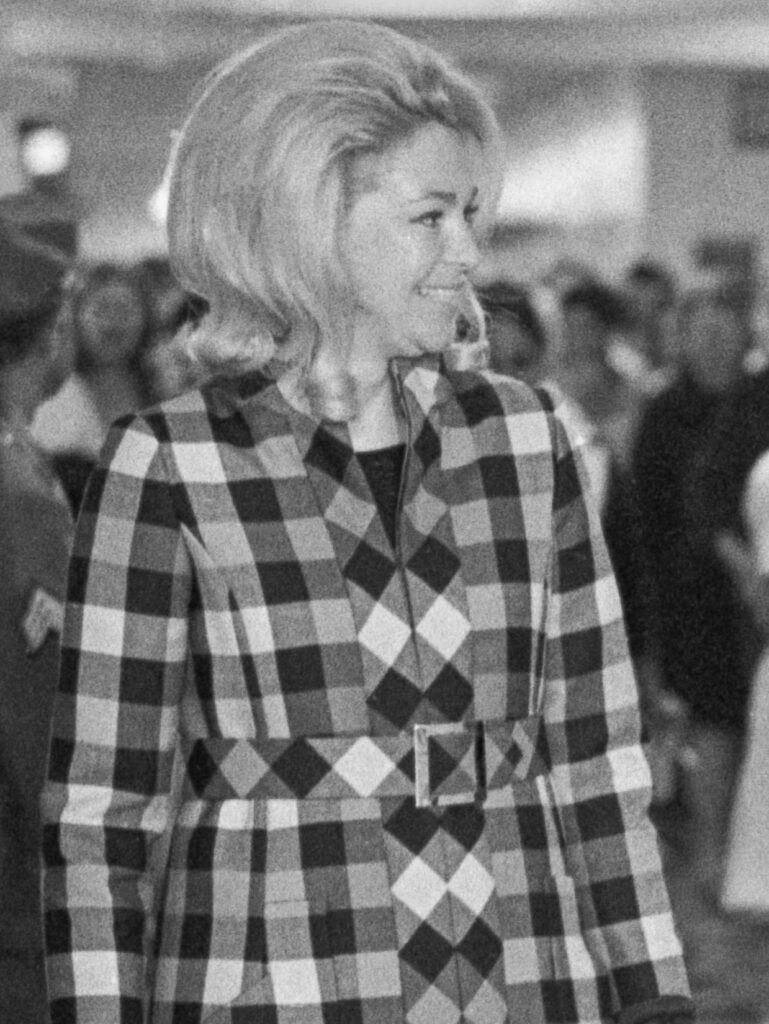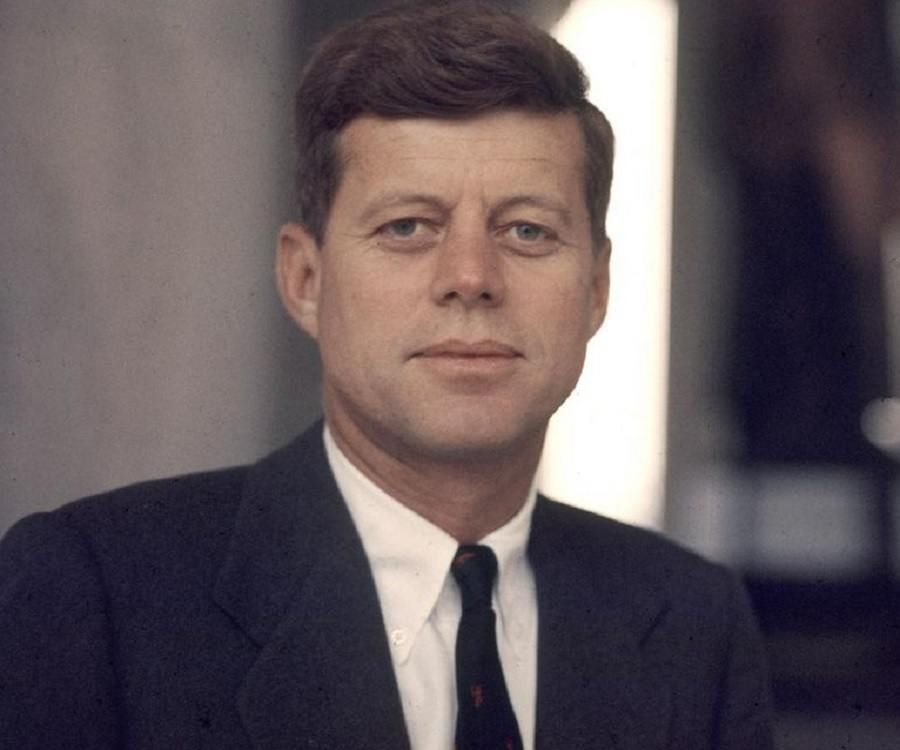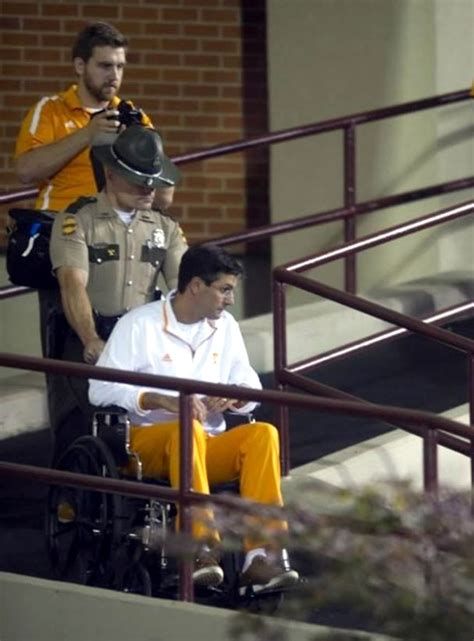
Joan Bennett Kennedy, the former wife of Senator Edward M. Kennedy and a figure whose life was intimately woven into the fabric of America’s most storied political dynasty, passed away on a recent Wednesday at the age of 89. Her death marks the quiet close of a chapter for one of the last remaining members of a generation that included President John F. Kennedy, offering a moment to reflect on a life lived in the reflected glare of national attention, marked by both extraordinary privilege and profound personal adversity.
Her journey was one of immense complexity, enduring a tumultuous marriage plagued by infidelities, the searing pain of family tragedies, and her own decades-long battle with alcoholism and mental health challenges. Ms. Kennedy’s story is not merely a footnote in the saga of a powerful political family; it is a compelling narrative of a woman who grappled with immense public scrutiny while navigating deeply personal struggles, ultimately finding her own voice and path.
This in-depth look explores the significant milestones and pivotal moments that defined Joan Kennedy’s life, from her promising beginnings as a classically-trained pianist and model to her often-unseen struggles within the Kennedy family’s formidable orbit. We delve into her contributions, her formidable resilience, and the enduring impact she left on those around her, painting a comprehensive portrait of a life lived with grace and courage.

1. **Her Passing at 89: The End of an Era**Joan Bennett Kennedy, born Virginia Joan Bennett, died at the age of 89, concluding a life that spanned nearly nine decades of American history and an indelible connection to one of its most prominent political families. Her passing, confirmed by Steve Kerrigan, chairman of the Massachusetts Democratic Party, was reported to have occurred peacefully in her sleep, bringing to a close a narrative filled with both public adoration and private suffering.
Joan Bennett Kennedy, born Virginia Joan Bennett, died at the age of 89, concluding a life that spanned nearly nine decades of American history and an indelible connection to one of its most prominent political families. Her passing, confirmed by Steve Kerrigan, chairman of the Massachusetts Democratic Party, was reported to have occurred peacefully in her sleep, bringing to a close a narrative filled with both public adoration and private suffering.
As one of the last surviving figures from the generation that included President John F. Kennedy, her death serves as a poignant reminder of the passage of time and the lasting legacy of the Kennedy clan. Her life, from its privileged beginnings to its later challenges, consistently drew national attention, underscoring her enduring, albeit often reluctant, prominence in the public eye.
Her journey was a testament to survival amidst extraordinary pressures. Though primarily known as Senator Edward M. Kennedy’s first wife, her identity evolved far beyond that role, marked by significant personal triumphs and an inspiring fortitude in the face of profound adversity.
Read more about: Renato Casaro, ‘Michelangelo of Movie Posters,’ Dies at 89: Remembering the Visionary Artist Who Defined Cinematic Imagination

2. **Early Life and Background: A Glimpse into Virginia Joan Bennett’s Roots**Born on September 2, 1936, in New York City, Virginia Joan Bennett grew up in upper-middle-class suburban Bronxville, N.Y., alongside her younger sister, Candace. Her father, Harry Wiggin Bennett Jr., was an advertising executive, and her mother, Virginia Joan (Stead) Bennett, an amateur seamstress, instilled a sense of refinement and self-sufficiency.
From a young age, Joan displayed exceptional beauty and an affinity for the arts, particularly the piano. As a teenager, her striking looks led her to a part-time career as a model, appearing in television commercials for products like Maxwell House coffee and various print advertisements for beauty products. She was even known as the Revlon Hairspray girl, appearing live on the game show “The $64,000 Question.”
Her academic pursuits led her to Manhattanville College of the Sacred Heart (now Manhattanville University) in Purchase, N.Y., where she majored in English and minored in music. It was during these formative years that she also made her debut in New York society, attending both the fifth annual Gotham Ball and the 19th Debutante Cotillion and Christmas Ball, signifying her entrance into a world of social prominence.
3. **Meeting and Marriage to Ted Kennedy: A Whirlwind Entry into a Dynasty**Joan’s connection to the Kennedy family began at Manhattanville, an alma mater for several Kennedy women. It was through her classmate, Jean Kennedy (later Jean Kennedy Smith), that she was introduced to Jean’s brother, Ted. The encounter occurred in October 1957, when the Kennedy family gathered at the college to dedicate a gymnasium in memory of another Kennedy sister, Kathleen, who had died tragically in a plane crash in 1948.
At the time, Ted Kennedy was a law student at the University of Virginia, and his attraction to the exceptionally beautiful Joan was immediate. What followed was a whirlwind romance that quickly led to an engagement. Despite Joan’s initial second thoughts about marrying someone she hardly knew, and her father’s suggestion to postpone the wedding, Joseph P. Kennedy Sr., Ted’s formidable father, insisted the ceremony proceed.
They were married on November 29, 1958, in Bronxville, barely a year after their initial meeting. From the outset, public attention on the new Kennedy wife often focused on her striking physical appearance. She was an attractive blonde, famously dubbed “the dish” by John F. Kennedy. Authors Amber Hunt and David Batcher, in “The Kennedy Wives” (2014), notably described her as “arguably the most conventionally attractive of the Kennedy wives,” comparing her beauty with the spunk of Ethel Skakel and the sophistication of Jacqueline Bouvier.
4. **Struggles Fitting into the Kennedy Family: A Reserved Spirit in a Boisterous Clan**Marrying into the high-powered Kennedy family presented an immediate and formidable challenge for Joan. From the very beginning, she found herself struggling to integrate into a clan known for its competitive spirit, athletic prowess, and often boisterous demeanor. This vibrant family dynamic stood in stark contrast to Joan’s own inherently shy and reserved personality.
Adam Clymer, author of “Edward M. Kennedy: A Biography,” captured this disparity in a 2005 interview, stating, “Joan was shy and a really reserved person, and the Kennedys aren’t.” This fundamental difference created an environment where Joan often felt out of place and isolated, rather than embraced by the family’s energetic and demanding lifestyle.
She herself would later articulate the profound sense of insecurity that began to erode her confidence. In a 1972 interview with Good Housekeeping magazine, she reflected on her early struggles, explaining, “It’s very easy to feel insecure when you marry into a very famous, intelligent, exciting family. You start comparing yourself to the other Kennedy women, and somehow your confidence in yourself begins to evaporate.” This internal struggle laid the groundwork for many of the personal difficulties she would face in the years to come.

5. **Her Talent and Love for Piano and Music: A Lifelong Source of Solace and Expression**Beyond the glare of political life, Joan Kennedy possessed a deep and abiding love for music, particularly the piano. A classically-trained pianist, her musical talent became a defining characteristic of her life, offering both a personal refuge and a public platform. This passion was evident early on, and she was known for opening her husband’s campaign rallies with a piano serenade, setting a unique tone for political gatherings.
Her musical accomplishments extended far beyond campaign circuits. In 1970, she made her debut as a concert pianist with the Philadelphia Orchestra, an event that garnered standing ovations and stellar reviews, showcasing her serious artistic capabilities. Under the baton of Arthur Fiedler, she also narrated stories, such as Prokofiev’s “Peter and the Wolf,” accompanied by the Boston Pops, demonstrating her versatility and comfort on stage.
Her dedication to music culminated in the publication of her book, “The Joy of Classical Music: A Guide for You and Your Family” (1992), edited by Nan A. Talese. This work reflected her desire to share her passion and convey a message about the transformational potential of the arts and the critical need for equitable arts education. In a 1992 Associated Press interview, she fondly recalled playing for her brother-in-law Bobby during his 1968 presidential campaign, remembering, “He had a theme, ‘This Land Is Your Land,’ the Woody Guthrie song. I’d play that on the piano and everybody would come in, feeling really great about everything.” Music, she affirmed, gave her immense courage to carry on through her most difficult times.

6. **The Tumultuous 1960s and Political Ascent: Life in the Shadow of Greatness**The 1960s proved to be a decade of unprecedented change and profound tragedy for the Kennedy family, with Joan at its heart. The decade began with the euphoria of John F. Kennedy’s election as president in 1960. Two years later, her husband, Ted, then just 30 years old, successfully campaigned for and won a special election to the Senate in Massachusetts, filling the remaining two years of his brother John’s term. At this point, Joan was already a mother to two young children, Kara and Edward Jr.
However, the family’s ascent was tragically punctuated. John F. Kennedy’s assassination in 1963 and Robert F. Kennedy’s assassination in 1968, while he sought the presidency, cast a long and heavy shadow. These profound losses placed immense pressure on Senator Kennedy to uphold the family mantle, despite ongoing concerns for his safety. The heightened scrutiny and the weight of dynastic expectations profoundly impacted both Ted and Joan.
In this emotionally charged environment, Ted Kennedy’s behavior became less discreet, marked by increased infidelities and excessive drinking. Concurrently, Joan, struggling under the immense pressures and grief, began to turn increasingly to alcohol as a coping mechanism, marking the nascent stages of a long and difficult personal battle.

7. **Ted’s Plane Crash and Her Role in the 1964 Campaign: Stepping into the Political Arena**In June 1964, only seven months after President Kennedy’s assassination, tragedy struck again when Senator Ted Kennedy’s small campaign plane crashed in Massachusetts during a storm. The accident claimed the lives of the pilot and one of his aides, and left the senator hospitalized for six months with severe back injuries and broken ribs. This unforeseen event thrust Joan Kennedy directly into the political fray, requiring her to assume full-time campaign duties for his first full Senate term.
Despite her expressed lack of interest in politics, Joan conscientiously shouldered much of the campaign work, undertaking every task asked of her. This included dancing the polka at a Pulaski Day event and enduring local bands that would introduce her by playing “A Pretty Girl Is Like a Melody,” an experience she found to be both flattering and subtly demeaning.
Through it all, she delivered substantive speeches and maintained a grueling pace on the hustings. When Senator Kennedy ultimately secured a landslide victory over his little-known Republican opponent, the entire Kennedy clan publicly acknowledged and thanked Joan for her invaluable efforts. However, in a stark illustration of her husband’s perspective, Ted Kennedy himself told a reporter that he would have won anyway, dismissively remarking that his wife’s work was merely “icing on a cake that I had baked myself.”





